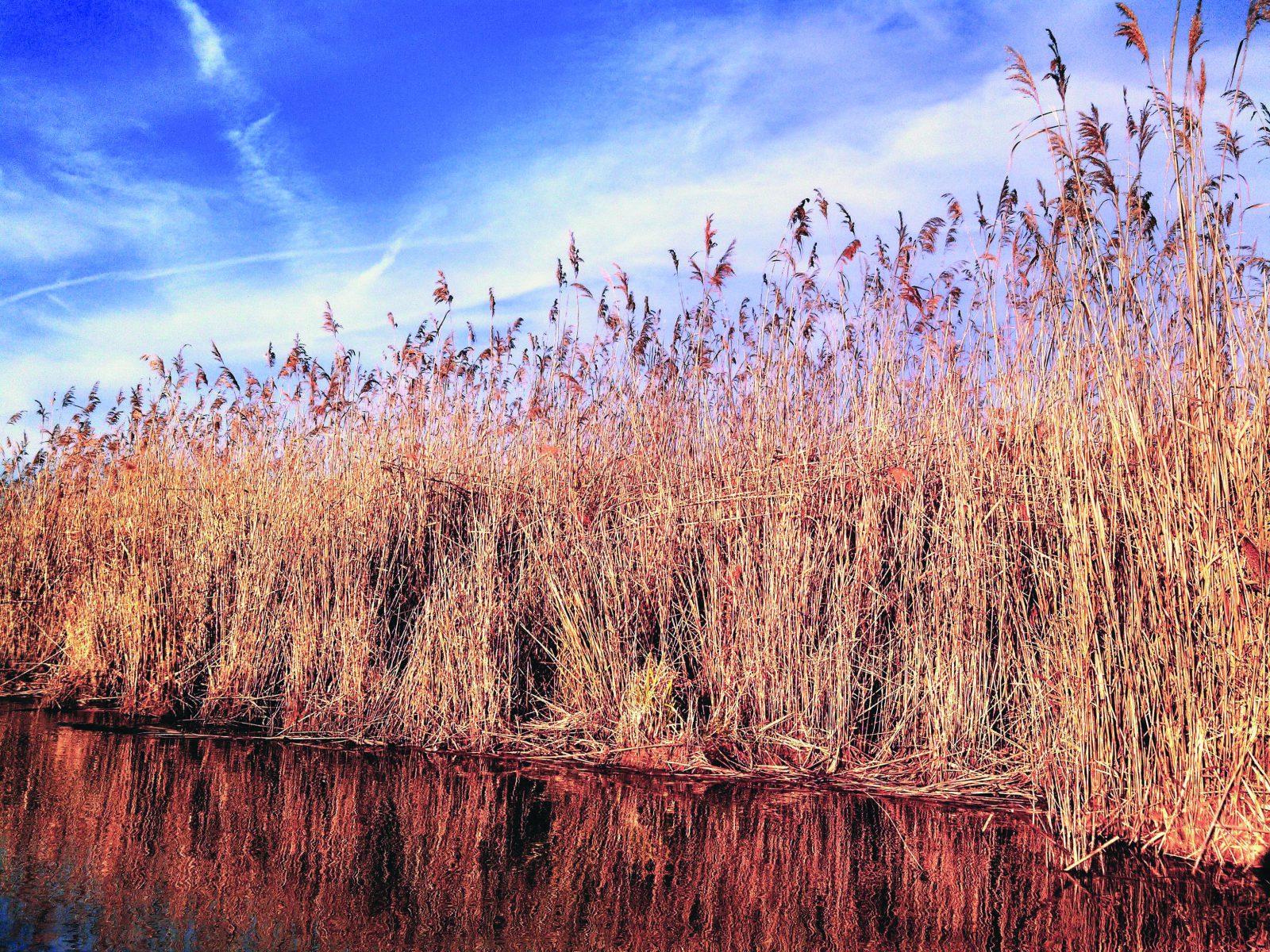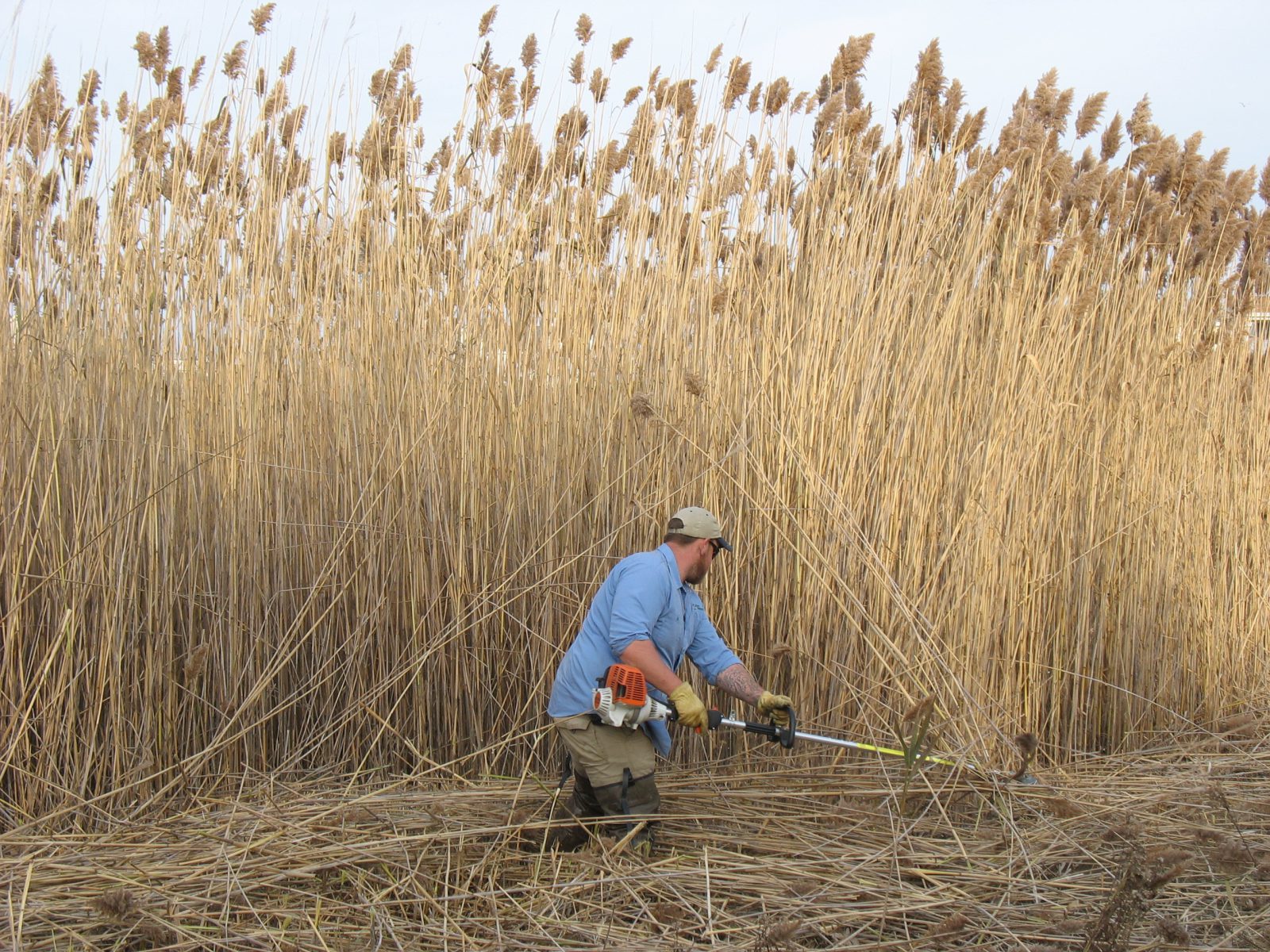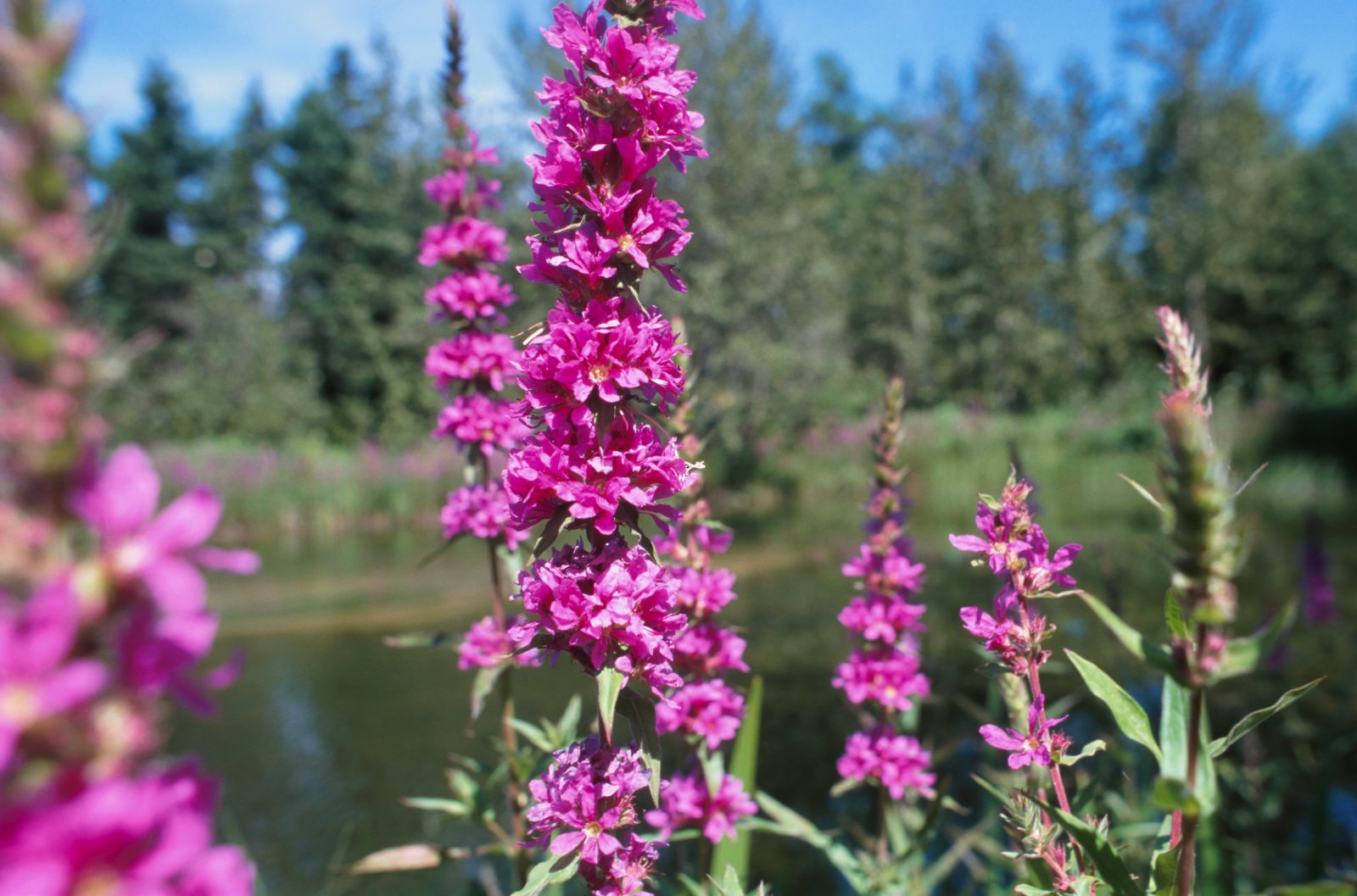
How to Control Invasive Wetland Plants, Phragmites and Purple Loosestrife
October 4, 2016
Wetlands are considered the most biologically diverse of all ecosystems. In addition to providing a home to an immense variety of plants, microbes, insects, fish and other wildlife, wetlands serve a number of essential functions. They act like natural sponges by storing and slowly releasing water, thus helping to reduce erosion and minimizing flooding in surrounding areas. Wetlands also help to protect and improve water quality by acting as filters to surrounding watersheds, absorbing pollutants and unwanted nutrients.
Wetlands are a critical part of our natural environment; however, their sustainability is often compromised when they are taken over by non-native plant species. These invasive species are typically introduced as a result of human activity such farming, recreation or urban development. They can out-compete native species by shading them out or creating a complex root system that prevents growth of other plants, and can severely threaten the long-term health of wetland areas. That is why it is vital to have an understanding of the invasive species that threaten your wetlands, and to work with professionals to determine the best management plan for controlling these unwanted intruders.
Two of the most prevalent invasive wetland plants are common reed (Phragmites) and purple loosestrife (Lythrum salicaria).

Phragmites
Phragmites is a large perennial grass that can grow in damp ground or standing water. Phragmites has tall stems that can grow up to 19 feet tall, and it forms reed beds that can spread up to 16 feet or more per year. It is a highly invasive species and displaces native plants through its densely formed thickets of vegetation and above-ground biomass that blocks light to other plants. Phragmites is found mostly along the Atlantic Coast, as well as across the Midwest and in parts of the Pacific Northwest.

Purple loosestrife is a herbaceous perennial plant with reddish-purple stems and flowers. It can range from two to seven feet tall and, once introduced to a wetland system, its seeds are spread easily by flowing water and wetland animals. Like Phragmites, it is extremely invasive and forms dense, impenetrable stands. These stands not only displace native plants, but also are unsuitable as food, cover or nesting for a variety of wetland animals.
In addition to Phragmites and purple loosestrife there are many other invasive species that may threaten your wetlands, and properly identifying potential nuisance plants is one of the first steps of invasive species management. Once the nuisance species are identified, we take an integrated approach to control them—utilizing both herbicide application and mechanical techniques. Herbicide applications are area specific and species selective to the extent possible, and we also ensure that any necessary permitting is acquired where applicable.
In addition to herbicide treatments, alternative control methods should also be considered. Cutting, hand-pulling and ground disturbance may be effective solutions, depending on the invasive plant species present. Each method, however, will require native plant reestablishment in order to restrict the invasive species from continuing to dominate the project area.
Regardless of the targeted plant species or control method, ongoing monitoring is an important component of an effective invasive species management program. Having your site inspected regularly will allow nuisance species to be identified before they have a chance to spread, which can save you the expense of large-scale control.
SOLitude Lake Management is committed to providing full service lake and pond management services that improve water quality, preserve natural resources, and reduce our environmental footprint. Our services include lake, pond and fisheries management programs, algae and aquatic weed control, mechanical harvesting, installation and maintenance of fountains and aeration systems, water quality testing and restoration, bathymetry, lake vegetation studies, biological assessments, habitat assessments, invasive species management and nuisance wildlife management. Lake, pond and fisheries management services, consulting, and aquatic products are available nationwide. Learn more about SOLitude Lake Management and purchase products at www.solitudelakemanagement.com.









